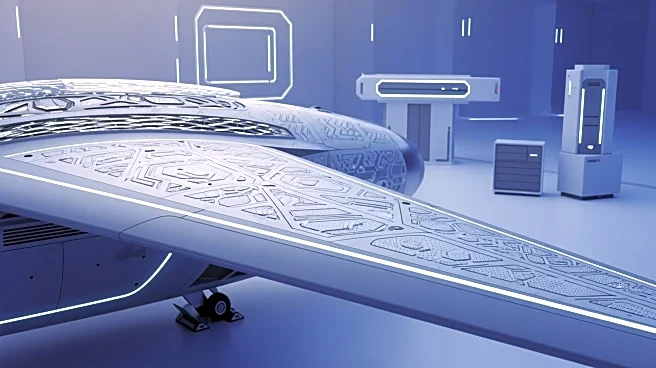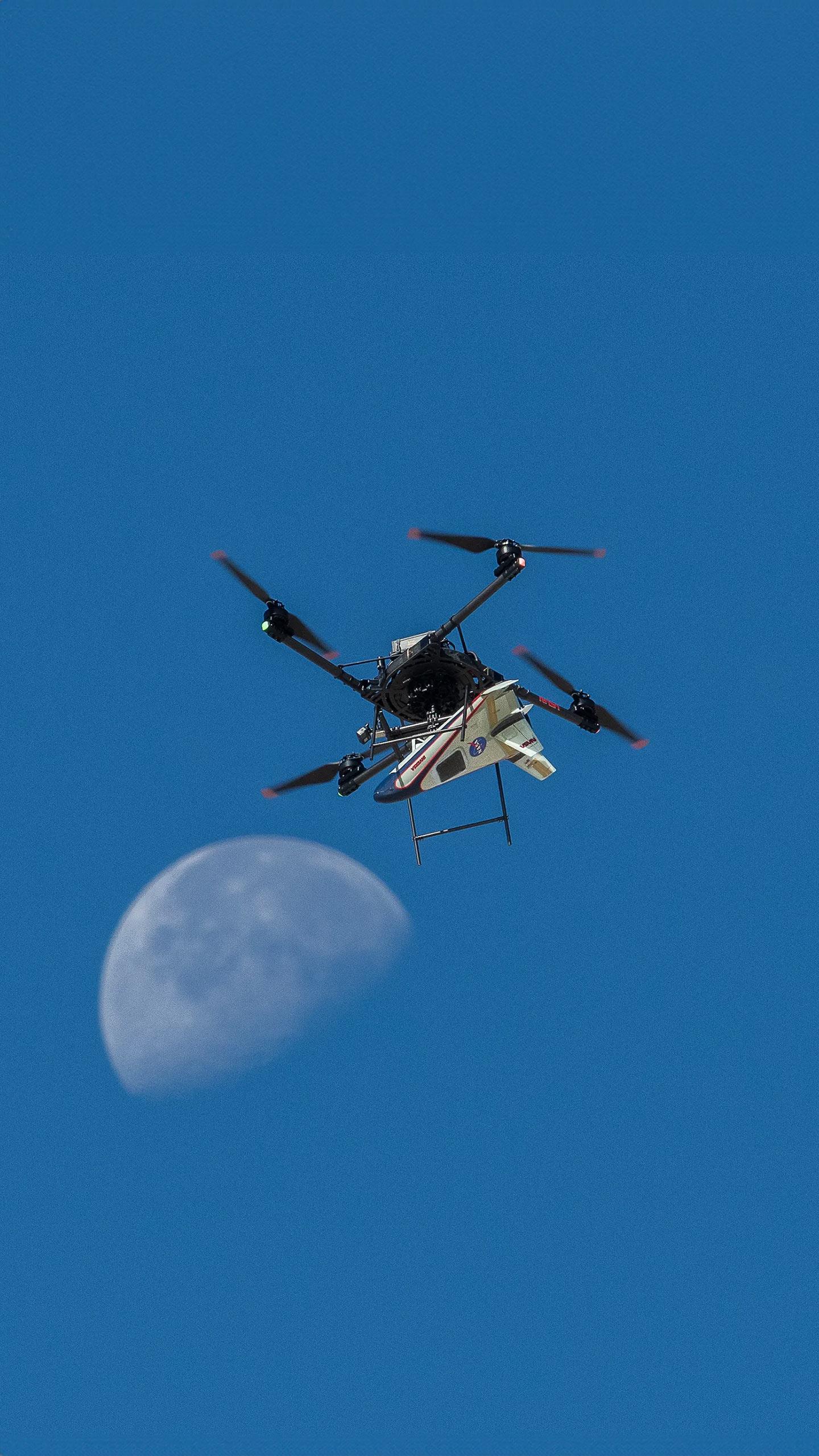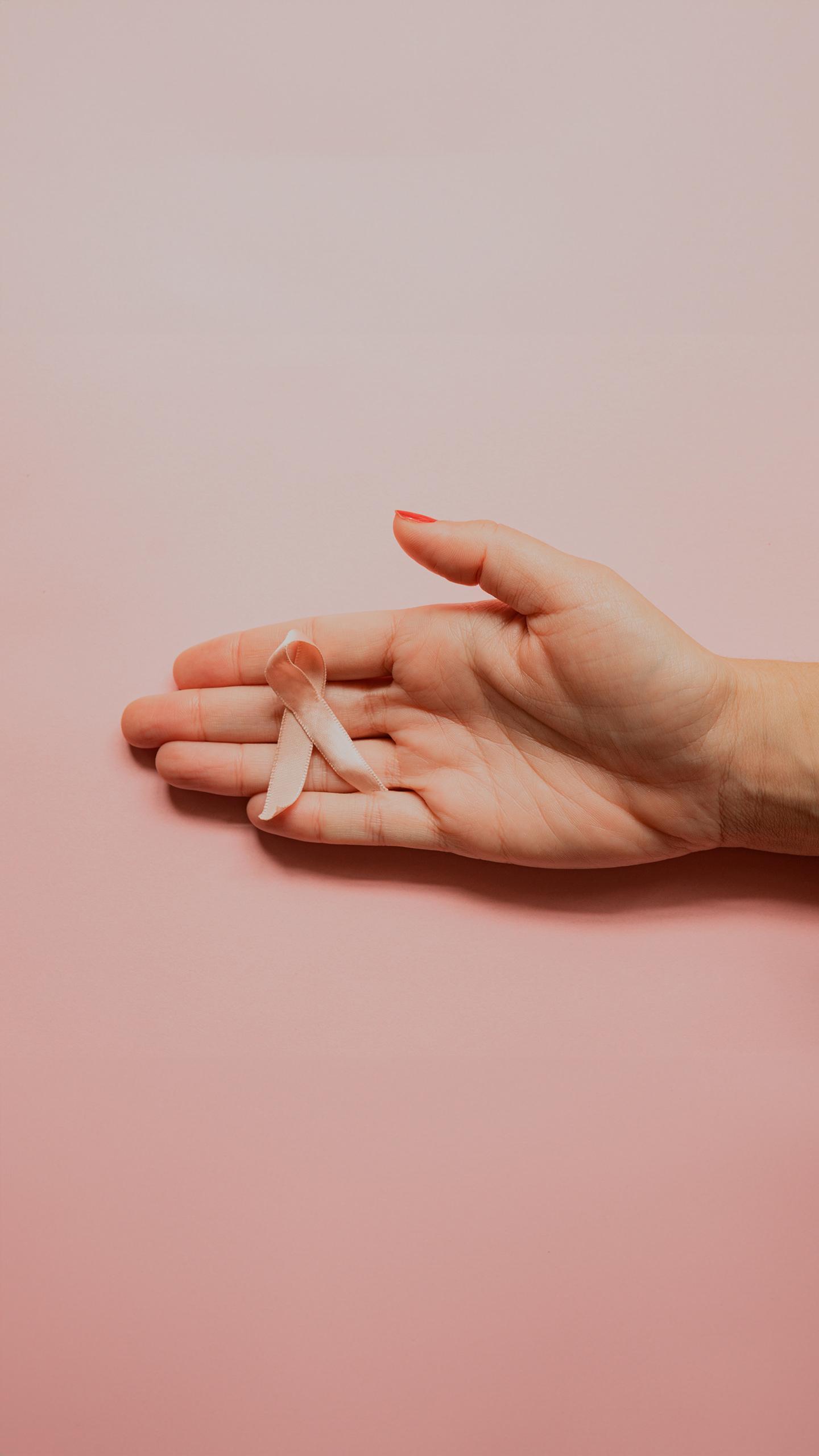What's Happening?
Researchers at the University of Alabama, led by Professor Samit Roy, are pioneering the development of self-healing aircraft materials. These materials are designed to detect and repair structural damage
in real-time, potentially transforming aviation safety and maintenance. The research focuses on smart composite structures embedded with sensors that monitor stress and strain. When damage occurs, these sensors trigger a healing response, restoring structural integrity without human intervention. This innovation is inspired by natural processes, similar to how the human body heals itself. The project, initially funded by the US Air Force, has progressed from theory to prototype, with ongoing studies and patents being filed to refine the system for full-scale aircraft applications.
Why It's Important?
The development of self-healing materials could significantly impact the aviation industry by reducing maintenance costs and extending the lifespan of aircraft. This technology is particularly crucial for environments where human intervention is challenging, such as space exploration and combat zones. By enabling aircraft to repair themselves, the technology could prevent minor damages from escalating into catastrophic failures, thereby enhancing safety. The integration of artificial intelligence and digital twin technology further enhances the system's capability to predict and respond to structural stress, potentially setting new standards for reliability in aerospace design. This advancement not only promises economic benefits for airlines and defense agencies but also represents a significant leap in engineering innovation.
What's Next?
Currently, the self-healing technology is in the testing phase, with challenges such as cost, manufacturability, and certification needing to be addressed before it can be scaled to entire airframes. However, interest from the industry is growing, as airlines and defense agencies look for ways to extend fleet life and reduce downtime. The ongoing research at the University of Alabama continues to serve as a platform for innovation, with students actively participating in the development of this groundbreaking technology. As the technology matures, it could redefine standards of reliability and resilience in aerospace design, potentially leading to widespread adoption in the future.
Beyond the Headlines
The implications of self-healing materials extend beyond immediate safety and economic benefits. This technology represents a shift towards more resilient and adaptive engineering solutions, drawing parallels with biological systems. The ability of structures to 'feel' and 'respond' to damage could lead to broader applications in other fields, such as civil engineering and automotive industries. Additionally, the educational impact of this research is significant, providing students with hands-on experience in cutting-edge technology and fostering a new generation of engineers equipped to tackle complex challenges.











